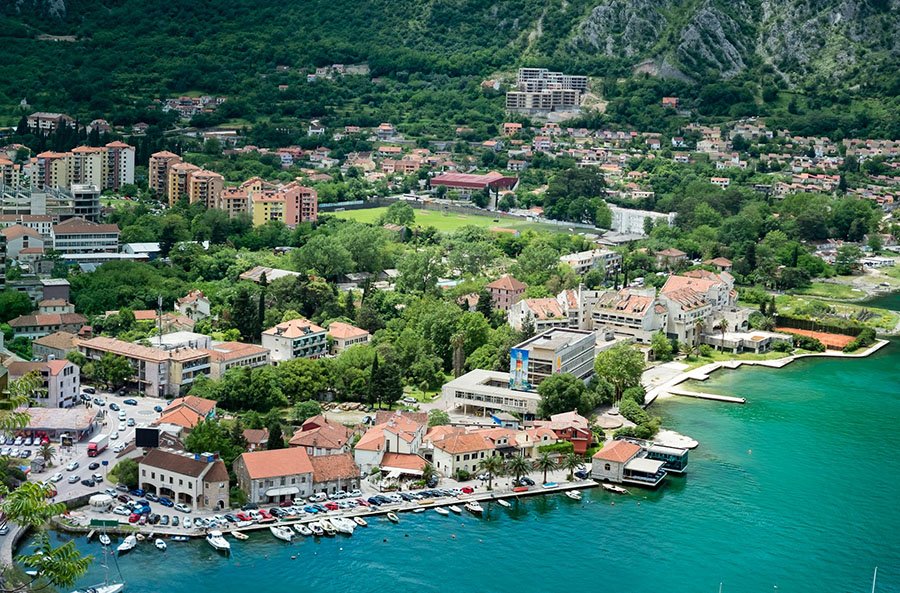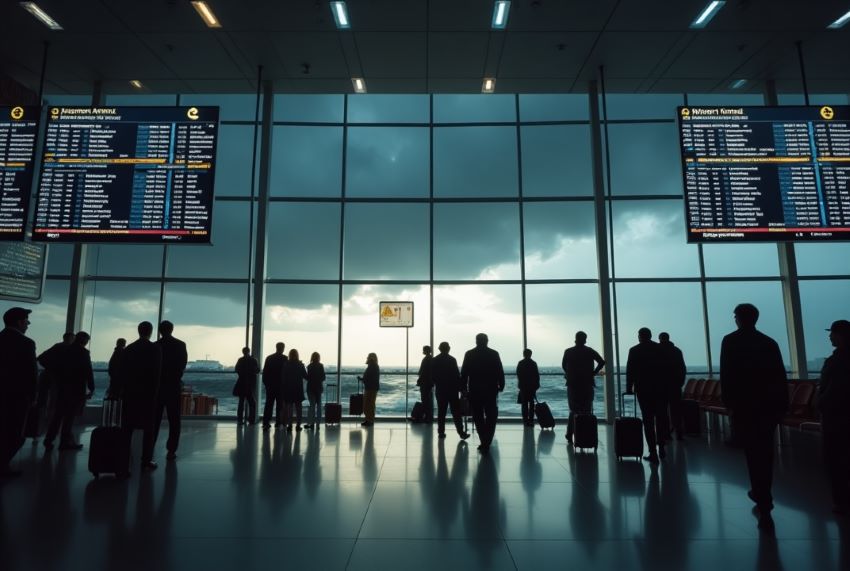читайте также
 U.S. Introduces Dual Pricing in National Parks: What Will Change in 2026
U.S. Introduces Dual Pricing in National Parks: What Will Change in 2026
 Europe’s New EES Border System Launches in Chaos: Three-Hour Queues, Broken Kiosks, Unprepared Travelers, and Delays Up to 340%
Europe’s New EES Border System Launches in Chaos: Three-Hour Queues, Broken Kiosks, Unprepared Travelers, and Delays Up to 340%
 Every Square Foot Counts: How Hotels Turn “Dead Space” Into Revenue, Relevance, and Real Guest Value
Every Square Foot Counts: How Hotels Turn “Dead Space” Into Revenue, Relevance, and Real Guest Value
 Montenegro will introduce visas for Russians at the end of September 2026
Montenegro will introduce visas for Russians at the end of September 2026
 Tourists Are Damaging Tropical Cities: PATA Calls for Urgent Action
Tourists Are Damaging Tropical Cities: PATA Calls for Urgent Action
 Deadly Storms, Blizzards, and Tornadoes Slam the U.S. — How Millions Can Survive the Thanksgiving Weather Disaster
Deadly Storms, Blizzards, and Tornadoes Slam the U.S. — How Millions Can Survive the Thanksgiving Weather Disaster
Investments in Slovak Commercial Real Estate: CBRE

Photo: CBRE
Investments in Slovakia’s commercial real estate rose by 170% in the first half of 2025, reaching €418 million, according to CBRE. Most of the capital came from domestic and regional investors. The key sectors remained retail and logistics, while rental rates stayed stable.
Retail accounted for 44% of all investments. The industrial and logistics segment ranked second with nearly 42%, while office assets contributed 14%. CBRE notes that this structure reflects a shift of investor interest toward assets with stable rental flows and predictable yields.
Demand for regional shopping centers and parks remains high. Developers report growing attention from both investors and tenants. Slovak capital made up 25% of the total volume, followed by investors from the Czech Republic and Hungary (20% each). Among Western European countries, the most active were Switzerland (17%), the United Kingdom (9%), and Germany (5%). A further 4% of investments came from Asian capital, mainly from Singapore. The main deals included the acquisitions of TESCO retail parks, the VIVO! shopping center, and the Petržalka gallery.
The leasing volume in Slovakia’s industrial and logistics sector reached 106,000 sq. m in the second quarter. This figure is 34% higher than in the first quarter but 47% lower year-on-year. Meanwhile, construction activity continues: by December, 240,000 sq. m of new space is expected to enter the market, with 77% already pre-leased.
Of the total volume, 35% were lease renewals, 28% new contracts, and 25% pre-leases. Short-term agreements accounted for 10%, while expansions represented 2%. Rents remain stable: the prime rent stands at €5.80 per sq. m per month, with the average at €4.70. The vacancy rate in industrial and logistics premises increased to 6.1%. The highest vacancy levels were recorded in western Slovakia (7.85%) and central Slovakia (7.38%), while the eastern region showed the lowest rate – 2.86%.
According to Michal Čerulík, Head of A&T Industrial & Logistics at CBRE Slovakia, 54% of all leased space is concentrated around Bratislava. The rest of western Slovakia accounts for 35%, the east for 7%, and the center for 3%. Key tenants include 3PL operators and e-commerce companies, each representing 28% of deals. They are followed by electronics (17%), automotive (12%), retail (9%), traditional logistics (3%), and manufacturing firms (2%).
Almost all participants in Europe’s logistics real estate market plan to expand their occupied space within the next year, say CBRE experts. According to the survey, 96% of tenants intend to expand in 2025 – in the same or a greater amount than in 2024.
Clients are becoming more selective. In 2023, location decisions involved an average of four key factors, and building choice – one. In 2025, these numbers rose to seven and five respectively. Priorities have shifted: rent is no longer the top criterion, though it remains important. When selecting a location, market players increasingly prioritize labor availability and cost, as well as the suitability of the property itself.
The study shows a growing focus on sustainable and energy-efficient properties. 65% of tenants are willing to pay for fully operational, net-zero-carbon buildings. 47% are ready to invest in eco-certified facilities. Half of the companies stated they aim to achieve carbon neutrality by 2030, although many postponed their goals after reassessing the cost of such changes. Tenants expect tangible business benefits from ESG initiatives rather than just a set of certificates. They show interest in technologies that directly enhance operational efficiency, including heat pumps and energy storage systems.
The strongest demand is generated by 3PL operators and postal and courier services. This trend confirms the ongoing growth of supply chain outsourcing and the strengthening of the e-commerce segment. Medium-term expectations are more cautious: only 46% of market participants plan expansion over the next three years. Experts note that this adjustment reflects business responses to geopolitical and macroeconomic challenges, as well as the market’s post-pandemic stabilization.
Подсказки: real estate, investment, Slovakia, CBRE, logistics, retail, industrial, Bratislava, property, ESG





